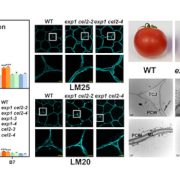
Cell wall-loosening agents control fruit softening in tomato
Su et al. identify two cell wall-loosening agents that synergistically regulate tomato fruit softening.
https://doi.org/10.1093/plcell/koad291
By Guanqing Su1, Yanna Shi1, 2, 3
1College of Agriculture & Biotechnology, Zhejiang University, Zijingang Campus, Hangzhou 310058, China
2Zhejiang…
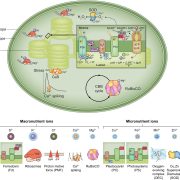
Review: Chloroplast ion homeostasis
Healthy plants require access to several mineral nutrients, which are usually taken up in ionic form. The details of nutrient uptake, distribution, and function have been painstakingly revealed over several decades. In this excellent new Tansley Review, Kunz et al. provide an overview of ion homeostasis…
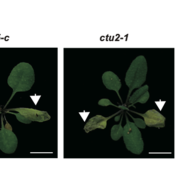
Unraveling the role of tRNA thiolation in translation control for plant immunity
Thiolation of tRNA adds a sulfur-containing nucleotide modification at the tRNA wobble position, which is necessary for efficient translation. Zheng et al. investigated the role of tRNA thiolation in plant immunity, revealing its necessity for robust defense responses in Arabidopsis. They identified…

How do plants export brassinosteroids?
If you’ve ever wondered how plants grow, survive, and adapt to their dynamic environment, the secret lies in their vast array of chemical messengers, also called phytohormones. Brassinosteroids are important hormones that are crucial for plant development and defense against environmental stresses.…
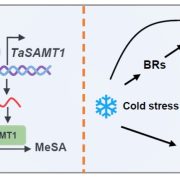
Methyltransferase TaSAMT1 mediates wheat freezing tolerance by integrating brassinosteroid and salicylic acid signaling
Temperature extremes, such as cold stress, severely affect wheat (Triticum aestivum) productivity and quality by impairing its vegetative and reproductive growth. Several phytohormones have roles in cold stress, such as brassinosteroids (BRs) and salicylic acid (SA). However, how BR interacts with SA…

A nitrogen-fixing algal organelle
Coale et al. provide an exciting peek into the evolution of a nitrogen-fixing organelle (called a nitroplast) in their studies of a tiny marine alga, Braarudosphaera bigelowii and its endosymbiont cyanobacterium, Candidatus Atelocyanobacterium thalassa (UCYN-A). Plant biologists are familiar with…

Altering root system architecture in barley without impacting above-ground traits
Roots are important for acquiring water and nutrients from the soil; however root system architecture is poorly understood in cereal crops. Here Aldiss et al. used CRISPR/Cas9 to generate barley mutants in the auxin transporter PIN-FORMED2 (PIN2). Seedlings were grown in chambers and after four days…
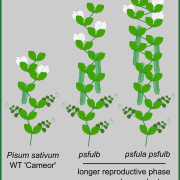
All fruit things come to an end: FRUITFULL controls end of flowering and seed yield in pea
The onset of flowering is a tightly regulated process, as is the end of the reproductive phase in plants. In Arabidopsis thaliana, FRUITFULL (FUL) contributes to ending the reproductive cycle, as do signals derived from developing seeds. Here, Martínez-Fernández et al. explored to which extent that…
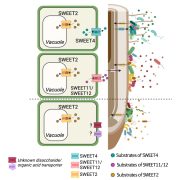
SWEET sugar transporters orchestrate distribution of microbiota along the root longitudinal axis
Plant roots are functionally distinct along the longitudinal axis due to different cell types and diverse metabolic states. Root-secreted metabolites are involved in the assembly of complex microbial communities, yet the relationships between root-metabolites and organization of root microbiota at the…

